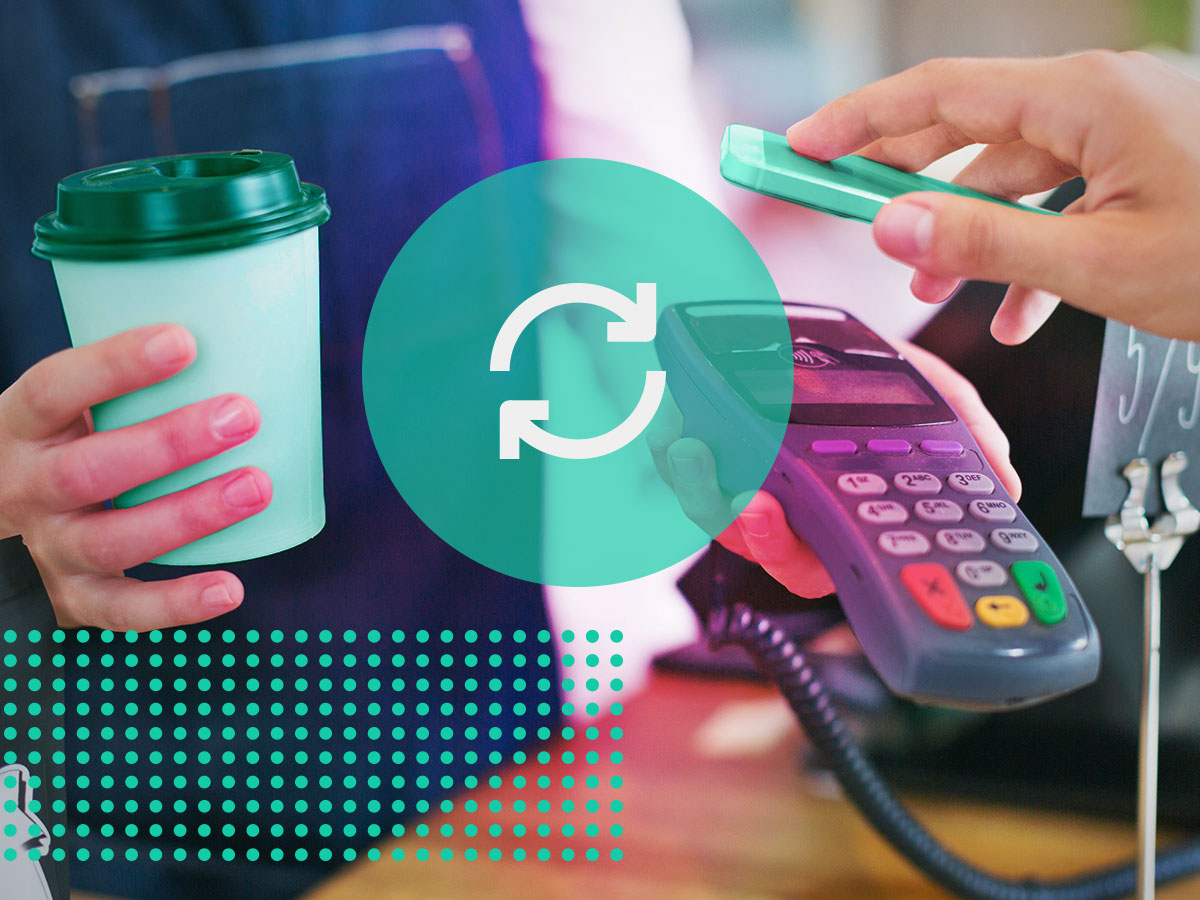

A habit forms when a pattern of behaviors becomes linked through repetition and is associated with some kind of outcome (reinforcer) that makes us want to do it again, whether we consciously want to or not. Through repetition, consumer habits become automatic, and the habitual set of behaviors kicks in when it’s triggered by some sort of cue in the environment (“I want a break from what I’m working on”) or in our minds (“I’d like something sweet”). Consumer habits form around all kinds of products and services, from their usual lunch spots, to the ways they shop at stores, to the brands of laundry detergent they use. Establishing and maintaining consumer habits is a great way for a brand to build repeat business and a loyal fan base.
Habits are essentially shortcuts our brains create to reduce the amount of time-consuming deliberation we have to do. While we can override habits, they are harder to overcome with deliberate intention when we are tired, stressed, or distracted. Consumer habits impact how they shop, what they buy, and how they use the products in their lives.
To build habits where none exist, brands need to figure out how to encourage consumers to buy or engage with their products and services more frequently. A great example of this tactic is through carefully timed notifications from mobile apps. Every Sunday evening, when I’ve finished my chores from the weekend and don’t feel like cooking, I get an email from Seamless asking if I’d like to order some take out. This gentle nudge – always at the same time and day – has established Sunday nights as take-out night.
Another way that brands build new consumer habits is to introduce themselves during new life events. If a previously loyal Trader Joe’s shopper moves to a new neighborhood, a well-timed mailer from Whole Foods may be enough to get them to check out the competition. After all, the shopper may not even know where the nearest Trader Joe’s is in their new neighborhood. A positive experience at Whole Foods (good location, good value, exciting new products to try) may be just enough reinforcement to do it again, beginning the slow shift in shopping habits away from Trader Joe’s.
If a product or brand itself isn’t enough to reinforce the habit, brands must find another way to reward consumers. They can achieve this by introducing artificial rewards so consumers will believe they are getting more out of using the product. A great example of an artificial reinforcer is the “lather” produced by shampoo. The suds neither are a byproduct of, nor are they essential to hair washing; instead, they give the consumer a way to identify that the product is working, thus reinforcing that they will end up with clean, shiny hair.
Reward and loyalty programs also are excellent ways to create reinforcement where none previously exists. The accumulation of things like points and status is inherently rewarding to consumers, and can lead to building strong consumer habits. A great example is the beauty retailer Sephora. By investing in their Beauty Insider program, Sephora has built fierce loyalty in a highly competitive market. Accumulation of points not only leads to small rewards and samples, but also allows consumers to feel part of the “in” crowd of high status members. By creating rewards that go beyond product purchases and extend to the retailer, Sephora ensures consumers develop a default habit of looking to Sephora first for their beauty needs.
Brands can and should analyze their customers’ routines. Because habits are often automatic or nonconscious patterns, it’s hard for consumers to articulate what is and is not habitual. Researchers instead draw from academic research on consumer habits and incorporate it into behavioral segmentations to understand what is and isn’t a habitual behavior. In addition, drawing on academic knowledge of habits allows researchers to make recommendations and identify opportunities to influence habit formation and maintenance.
To build new consumer habits, Starbucks incentivizes consumers to visit at non-peak times of the day through special offers. The coffee chain goes on to reinforce consumers by giving “status” to customers that buy enough drinks through their app. Lastly, Starbucks inserts itself in consumers’ morning routines through pre-orders in the app, where they can pick-up their usual coffee at a pre-determined time, skip the line (another reinforcer!), and waltz out with a piping hot cup in hand. By understanding and leveraging patterns in consumer behavior, Starbucks was able to transform a once-in-a-while latte treat into a daily habit for millions of Americans.
To learn more about making habit research part of your consumer insights program, download our ebook, Why Habit Formation Research Should Guide Your Brand Strategy. When you’re ready to partner, contact LRW (now Material) by filling out this form.
You must be logged in to post a comment.